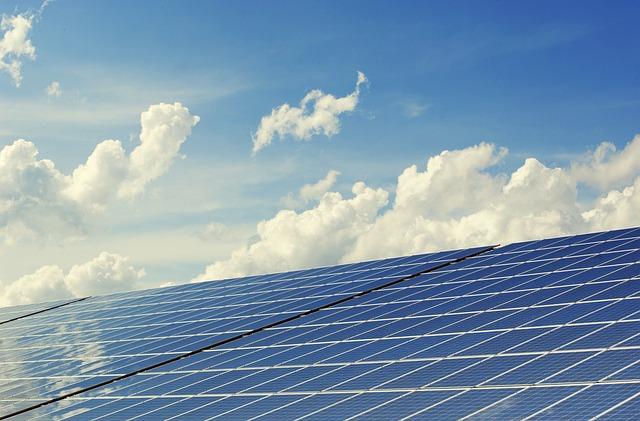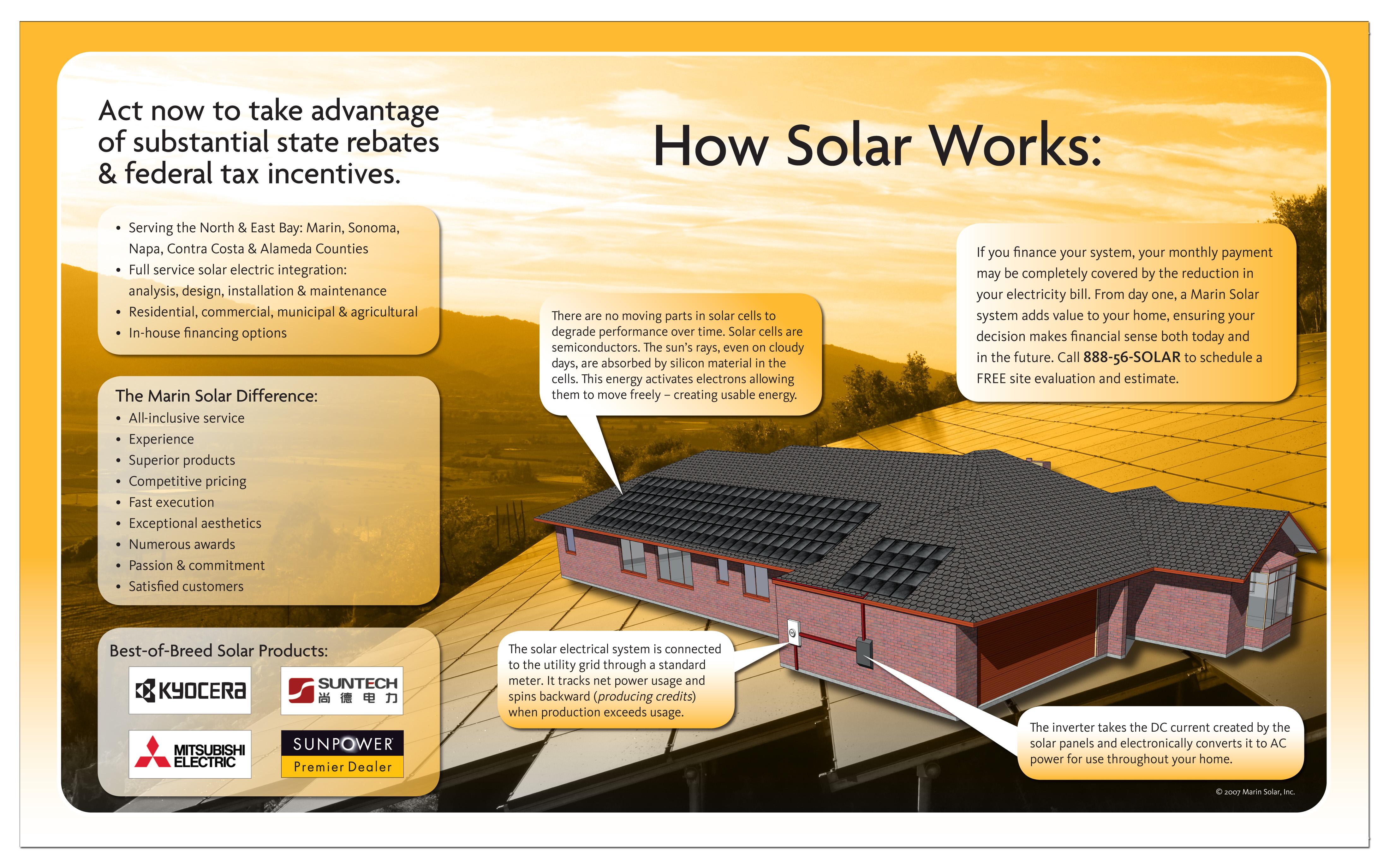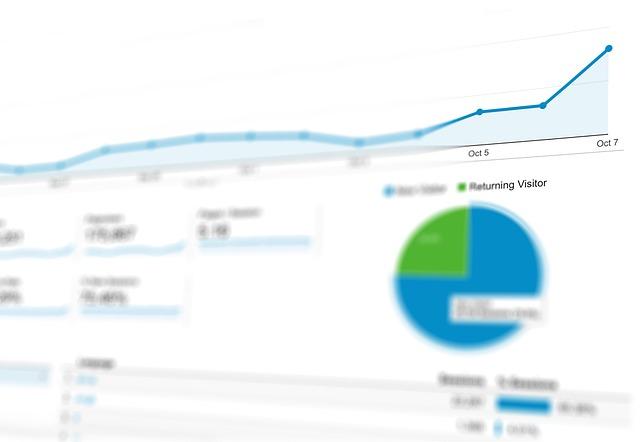In the sprawling deserts and vast open fields where sunlight reigns supreme, a silent revolution is unfolding. Rows upon rows of gleaming solar panels stretch toward the horizon, capturing the sun’s rays and converting them into clean, renewable energy. These large-scale solar installations are not just marvels of modern engineering; they are the vanguard of our transition to a sustainable future. Yet, as with any burgeoning technology, the question remains: how do we maximize their potential? In this article, we delve into the strategies and innovations that can enhance efficiency in these solar power giants, ensuring that every photon is harnessed to its fullest potential. From cutting-edge technology to meticulous planning and maintenance, discover the keys to unlocking the true power of the sun.
Optimizing Site Selection for Maximum Solar Output
When planning a large-scale solar installation, the choice of location plays a pivotal role in harnessing maximum solar energy. Consider factors such as geographic latitude, which affects the angle of sunlight and potential energy capture. Elevation and terrain can influence the amount of sunlight a site receives, with higher altitudes generally experiencing more intense sunlight due to thinner atmospheres.
Another critical consideration is the local climate. Areas with frequent cloud cover or high pollution levels might reduce solar efficiency. It’s essential to assess the availability of land that offers unobstructed sun exposure, minimizing the shadow cast by surrounding structures or natural features. For an optimal setup, ensure the following:
- Orientation and Tilt: Align solar panels to face the equator with an optimal tilt angle for maximum absorption.
- Accessibility: Choose locations with easy access for installation and maintenance.
- Grid Proximity: Ensure the site is close to existing electrical grids to reduce transmission losses and costs.
- Environmental Impact: Evaluate potential impacts on local wildlife and ecosystems to comply with environmental regulations.
By meticulously analyzing these elements, stakeholders can significantly enhance the efficiency and output of their solar projects, leading to a more sustainable and profitable investment.

Innovative Technologies and Their Impact on Energy Yield
In the ever-evolving landscape of solar energy, innovative technologies are transforming how we harness and maximize energy yield. Advanced photovoltaic (PV) systems have emerged as game-changers, offering enhanced efficiency through the integration of bifacial solar panels. These panels capture sunlight on both sides, significantly boosting energy production, especially in areas with high albedo surfaces. Furthermore, the advent of smart inverters allows for real-time monitoring and optimization of power output, ensuring that every ray of sunshine is converted into usable energy with minimal loss.
- Artificial Intelligence (AI): AI-driven analytics optimize energy production by predicting and adapting to weather patterns, ensuring consistent performance.
- Energy Storage Solutions: Cutting-edge battery technologies store excess energy, providing a buffer against fluctuations and enhancing grid stability.
- Floating Solar Farms: By utilizing bodies of water, these installations reduce land usage and improve cooling efficiency, thus increasing overall yield.
These technologies, among others, not only enhance the capacity of solar installations but also contribute to a more sustainable and reliable energy future. By adopting these innovations, large-scale solar projects can significantly improve their efficiency, making renewable energy a more viable and competitive option in the global energy market.

Streamlining Maintenance Processes for Sustained Efficiency
In the realm of large-scale solar installations, maintaining sustained efficiency requires a proactive approach to maintenance processes. By embracing innovative strategies and technology, operators can significantly reduce downtime and extend the lifespan of their equipment. One effective method is the implementation of predictive maintenance systems that utilize data analytics and IoT sensors. These systems continuously monitor equipment performance, allowing for early detection of potential issues before they escalate into costly repairs. Additionally, adopting automated scheduling tools ensures that maintenance tasks are carried out consistently and efficiently, minimizing human error and oversight.
Moreover, fostering a culture of continuous improvement within the maintenance team is essential. This can be achieved through regular training sessions focused on the latest technological advancements and best practices in the solar industry. Consider implementing the following strategies:
- Encourage a feedback loop where technicians can share insights and experiences from the field.
- Incorporate cross-training to develop a versatile team capable of handling various maintenance tasks.
- Leverage virtual reality (VR) and augmented reality (AR) tools for immersive training experiences.
By aligning these processes with the overarching goals of the solar project, stakeholders can ensure that their installations remain efficient and productive, paving the way for a sustainable energy future.

Harnessing Data Analytics for Predictive Performance Management
In the realm of large-scale solar installations, leveraging data analytics for predictive performance management is not just a competitive advantage but a necessity. By harnessing sophisticated analytical tools, solar farm operators can anticipate potential system failures, optimize energy output, and streamline maintenance schedules. This proactive approach involves utilizing real-time data streams to identify patterns and trends that indicate when a solar panel might underperform or require servicing. Such predictive insights can significantly reduce downtime, ensuring that energy production remains uninterrupted and efficient.
- Real-Time Monitoring: Continuously track the performance of each solar panel to detect anomalies early.
- Predictive Maintenance: Utilize historical data to predict equipment failures and schedule maintenance before issues arise.
- Optimization Algorithms: Implement advanced algorithms to adjust panel orientation and other variables for maximum efficiency.
- Resource Allocation: Allocate resources effectively by predicting energy output fluctuations due to weather changes.
By integrating these strategies, solar installations can not only maximize their efficiency but also extend the lifespan of their infrastructure. This innovative use of data analytics translates into substantial cost savings and enhances the sustainability of renewable energy sources.
To Wrap It Up
As we draw the curtains on our exploration of maximizing efficiency in large-scale solar installations, it becomes evident that the sun’s potential is as vast as the solutions we can innovate. By harnessing cutting-edge technologies, optimizing design and maintenance strategies, and fostering a culture of sustainability, we are not just capturing sunlight but also illuminating the path to a brighter, more sustainable future. The journey towards optimal solar efficiency is ongoing, a testament to human ingenuity and the inexhaustible promise of renewable energy. Let us continue to look skyward, not only for power but for inspiration, as we strive to create a world where every ray of sunlight is a step toward a more efficient and harmonious planet.

































